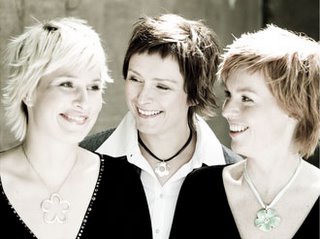À mon chevet: The Rest Is Noise
À mon chevet is a series of posts featuring a quote from whatever book is on my nightstand at the moment.
Weimar politics aside, Moses und Aron stands as Schoenberg's most awesome achievement. It is a profound meditation on faith and doubt, the difficulty of the language commensurate with the difficulty of the subject; no doubt the God of the Old Testament would speak through atonal hexachords. At the same time, Schoenberg's parodies in the "Dance Around the Golden Calf" give the work a stylistic diversity that helps to sustain the ordinary operagoeràs interest. (The scene is a little like the moralizing politician's trick of waving pornography while he condemns it.) Yet Schoenberg does not exempt himself from judgment. Moses, his alter ego, ends Act II in abject despair, crying out, "O Word, you Word that I lack!" Admittedly, this aura of frailty dissipates in Act III (never set to music), where the prophet regains his confidence and wreaks vengeance on all who misunderstood him. Aron falls dead. The people cannot be saved, there is no promised land. Moses is destined to roam the desert in the company of his soldier-acolytes. "In the desert," he tells them, "you shall be invincible."
The nightstand at the moment is in Italy, for the last few days in Sorrento and tonight in Rome. You may have heard of this book, which I am devouring whole during a few days in Europe. Ciao tutti!
-- Alex Ross The Rest Is Noise (2007), "City of Nets: Berlin in the Twenties," pp. 200-201


.jpg)






















































